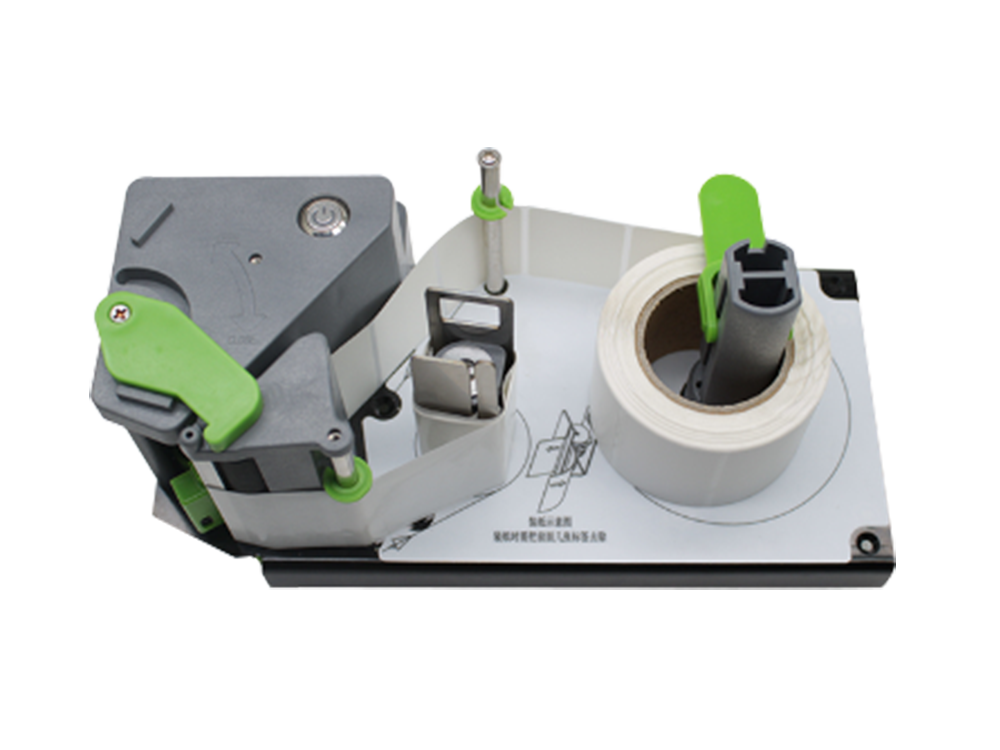Time:2025.07.24Browse:1

Selecting the right flatbed printer requires careful consideration of multiple factors, including intended applications, material compatibility, print quality, and operational costs, to ensure it aligns with specific business needs. The first step is defining the primary use: flatbed printers are used for signage, packaging, industrial parts marking, art reproduction, or personalized products, and each application demands different features. For example, printing on rigid materials like metal or glass requires a printer with strong ink adhesion and flatbed vacuum hold-down systems to secure items during printing, while flexible materials may need a conveyor belt attachment.
Print resolution is another critical factor, measured in dots per inch (DPI). Higher resolution (e.g., 1200 x 1200 DPI) is essential for detailed graphics or text, such as in fine art or product labels, while lower resolutions (600 x 600 DPI) may suffice for large-format signage where distance viewing reduces the need for extreme detail. Print speed, often measured in square meters per hour, impacts productivity; businesses with high-volume demands should prioritize faster models, though this may come at the cost of resolution.
Ink type and compatibility are vital. UV-curable inks are versatile for rigid materials and offer fast curing, while solvent-based inks work well on flexible substrates like vinyl but require proper ventilation. Water-based inks are eco-friendly but may need pre-treatment for adhesion. Additionally, check if the printer supports specialized inks like white (for dark surfaces), metallic, or fluorescent, which expand design possibilities.
Machine size and workspace requirements must be evaluated: flatbed printers range from compact desktop models (for small items like phone cases) to large industrial systems (capable of handling 3m x 2m panels). Consider future scalability—choosing a printer with a larger bed than current needs can accommodate business growth.
Operational costs, including ink consumption, maintenance, and energy use, should be factored in. Look for printers with efficient ink delivery systems to minimize waste, and check the availability and cost of replacement parts (e.g., printheads). User-friendliness is important too; intuitive software interfaces and easy maintenance access reduce training time and downtime.
Finally, assess the manufacturer’s reputation for reliability, warranty coverage (typically 1–3 years), and technical support, as prompt service is critical to minimizing disruptions. Reading reviews from existing users and testing the printer with sample materials can provide valuable insights into real-world performance. By balancing these factors, businesses can select a flatbed printer that delivers optimal performance and return on investment.
Read recommendations: